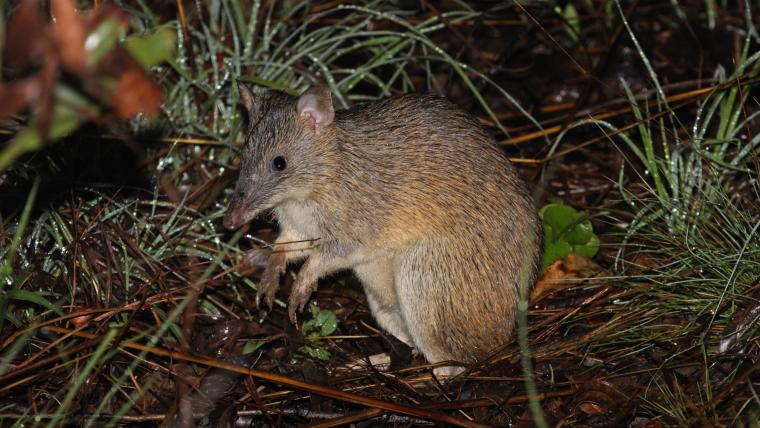
Poking for pests, bandicoots are the nosy parkers that keep our gardens thriving
The name bandicoot comes from the Telugu word ‘pandi-kokku’, which means pig-rat. Resembling two of the world's most disliked creatures, bandicoots became synonymous with disease. But these peculiar marsupials are far from a menace. Prodding in the soil for pests, they're a gardener's greatest ally.
There are about 20 species of bandicoots burrowing in the verdant regions of Australia and Melanesia. Nocturnal, they prefer to lie low under leafy vegetation during the day, and venture out at night to forage for food. With sharp claws and a tapered muzzle, they scour the surface for fruits and fungi, but their favourite meals are soil-dwelling critters. From termites to spiders, bandicoots gobble down these destructive insects and grunt with glee as they clear them away.
While bandicoots are the perfect pest control, they play another crucial role in people’s backyards. As they sniff out subterranean fare, they create conical shapes in the earth known as ‘snout pokes’. These holes help aerate the soil and disperse seeds, keeping the environment nutrient-rich and sprouting with flora. Their dinner routines have become vital to the health of ecosystems, but extensive land clearing and predation from foxes and feral cats have significantly reduced their numbers.
Today, all bandicoot species have experienced a rapid decline, with the Eastern barred bandicoot extinct in the wild. Now one of the country's most endangered species, the Victorian Government established a recovery plan to ensure its survival. Through a series of programmes, including their introduction to surrounding islands and captive breeding, the population has seen a promising increase. By protecting the bandicoot’s habitat, we can ensure these gardeners continue to poke their nose where it belongs.






























Please sign in to leave a comment